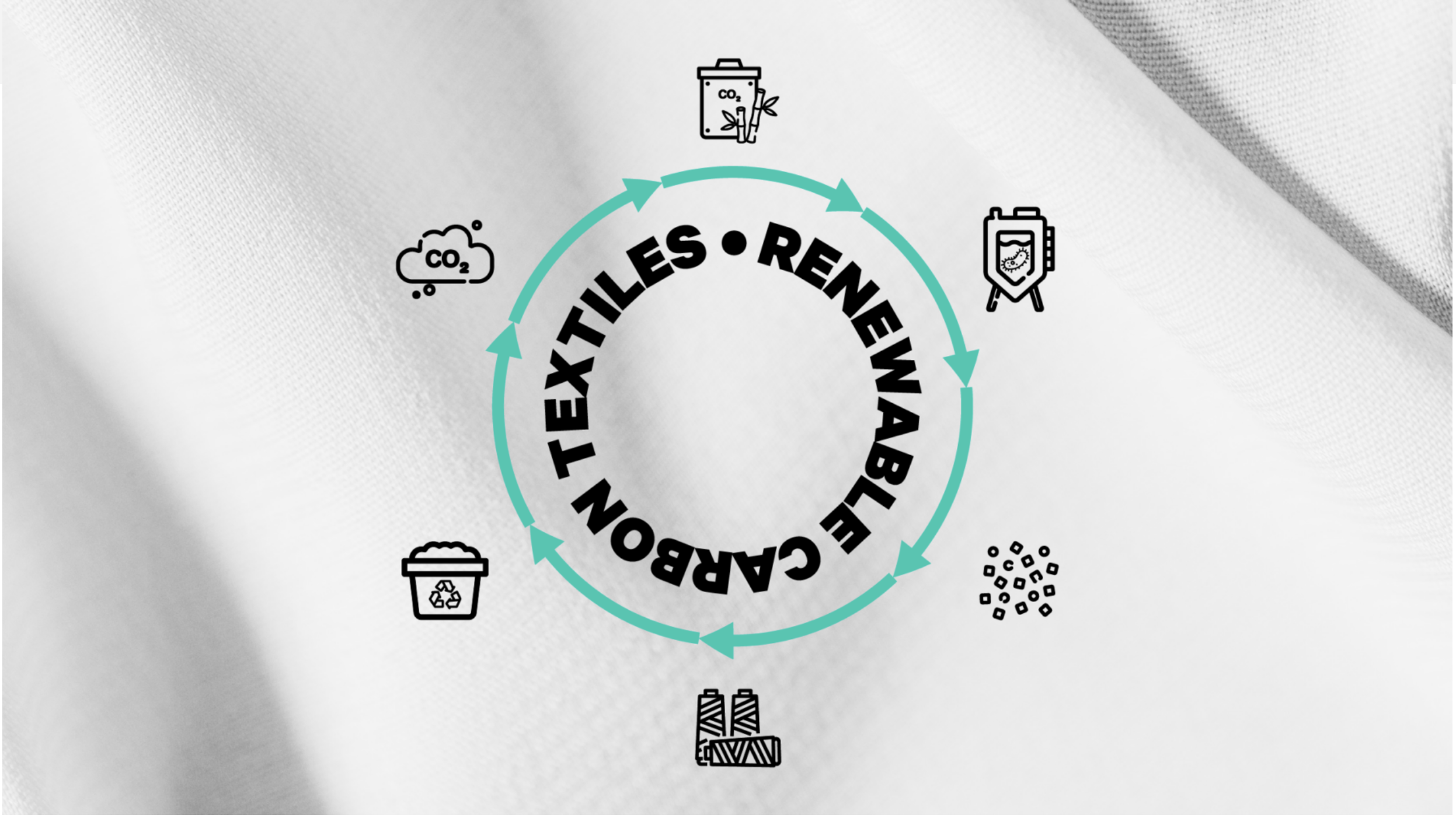In Conversation with Altmat: Natural fibre made from agricultural residue
Image by Altmat
19 September 2024
Can you tell us about Altmat, how it started, and what the organisation does?
How it started:
I grew up watching my father build a metal recycling company and around a mother focusing on maximising both kindness and merit. This led me to strongly wanting to be an entrepreneur who builds something that brings impact and profit to one plate. One of my undergraduate projects was in the textile supply chain and it taught me about the woes of climate harm it was sitting on. One of my post-graduate projects was in agriculture related economics and this led me to discover agri-residues and its close resemblance to some of the natural fibres. We wanted to understand if these problems could be solved by building a bridge technology that transforms agri-residue into materials. In my search I found an amazing team consisting of scientists and textile entrepreneurs who made this happen!
What problem is your innovation solving and how does the technology work?
Our innovation addresses two major problems in the textile industry:
- Unsustainable reliance on resource-intensive fibres: Annually, 111 trillion tonnes of fibres are used. More than half of which is polyester, nothing but a plastic that leaves traces of microplastics with usage. Traditional cotton, around 25% of the total fibre bag, demands excessive pesticides and water. MMCs require intensive chemical processing of forest trees.
- Underutilization of agricultural residue: Hundreds of million tonnes of biomass and agricultural residue are wasted, inefficiently used, or burned, causing environmental harm.
AltMat is a material science and fibre manufacturing company that solves this dual problem of materials pollution and agri-residue. Its core technology upcyclyes agricultural residue from food, medicinal and other crops into a natural cellulose fibre called Altag ‘a natural cellulose fibre’. We have identified right scalable agro-residues which are systematically processed into natural spinnable fibres without having to pulp it. It is more of upcycling of existing fibrous strands in nature to make it spinnable, dyeable and suitable for textiles.
This saves more than 99% of water as compared to cotton. Similarly there are high savings of carbon, energy and chemical related footprints. Altag is holistically sustainable as it source, process and end of life all comply to scientific understanding of sustainability. It is also socially inclusive as it helps farmers earn extra money and is being scaled collaboratively with existing manufacturers. Finally, Altag is a high-performing material, offering breathability, colour fastness, and aesthetic versatility. This innovation not only supports a cleaner environment but also maintains the economic and aesthetic demands of the fashion industry.
What have been the biggest successes so far?
Our agility and focus has helped us to move from Idea to Lab to Patent to Pilot infrastructure to having Industrial Scale in 4 years. We tested building infrastructure that can produce 1000 tons of these fibres. This year we turn 5 and we have manufacturing partners and brand partners who are ready to roll the materials in their collections. This spirit of ‘no matter what, keep moving ahead in the right direction’ has helped.
All this took a lot of evolving. Quality improvement without hurting environmental footprints is a constant endeavour. These upgrades that fibres and tech took to reach this and the constant updates that we are targeting is what has been the base of the big success for us.
What role does collaboration play in bringing innovations to scale?
It sometimes takes more than 7 different companies to make a shirt reach the consumer. It is a chain of farmers, fibres processors, spinners, weavers, dying companies, garment makers, brands etc. that makes it possible together. In such a long supply chain, innovation cannot reach the consumer if we work in silos.
Circularity is still an emerging concept in the industry. Collaboration is the key to tap into diverse expertise across the value chain, increase risk appetite, heighten the success rate, and accelerate the adoption of new technologies and materials.It opens doors to new ideas, resources, and market opportunities that would be difficult to achieve in isolation.
Most importantly, the climate change clock is ticking and without collaboration the right speed is impossible.
How has Fashion for Good played a role in your journey so far?
Fashion for Good has been an invaluable friend. The team has supported us with right fit insights and resources at various stages of our development. They have helped form strategies, get feedback on them and catalyse collaboration by facilitating critical connections with industry experts, investors and potential partners. Lot of these introductions have developed into our key industry relations. Also, it has brought to us a platform to present ourselves to the right people and build a brand which is critical in the fashion world.
Through their programs they have done important work of guiding different stakeholders like brand partners and innovators alike to build health progress for the industry.
What’s next for you?
In the short term, we are working to widen both our supply and value chains. We are backward integration to adopt more types of under utilised agri-residue locally. This will help with better economics, quality and will save more environmental footprints.
In the mid term, we are eyeing the next level scale with increase in production, adoption and off takes. We are eyeing a minimum of 25000 tons of annual adoption of this fibre in the next 3 years. Lot of technological updates are on the way to assist further with it.
In the long term, we envision not only to scale Altag even more but also to introduce more kinds of new alternative materials for fashion and beyond that helps optimise the industrialisation of this technology and better utilise every bit of different kinds of agro-residue out there.
Other Articles

Key findings from the Renewable Carbon Textile Project

Fashion for Good Maps Global Waste Hotspots With A New Digital Tool: World Of Waste

